When I was a child, I used to be mesmerized by seaweed swaying in the surf when I went tidepooling or kelp flowing back and forth in the currents at the aquarium. I loved finding underwater plants because it always meant that I was going to find some amazing animals, too. Whenever I went wading into a meadow of seagrass, I would place my feet cautiously to avoid the crab claws that could suddenly shoot up. If I brushed aside some sea lettuce near a cluster of rocks, a fish might quickly flutter away into a new hiding place. Aside from the plant properties that they all share, these seagrasses and algae also have something else in common: they served as foundation species for their communities.
Just like trees in a forest, these underwater plants are essential to the very identity of their ecosystems. They dominate them, shape them, alter them, define them. A kelp forest ecosystem doesn’t exist without the kelp, nor is a seagrass meadow a meadow without the seagrass. All the other members of their ecosystems directly or indirectly rely on the foundation species in some way. For example, young rockfish tend to gather in kelp forests to hide from predators. I’ve always loved to learn about foundation species, even before I knew what the term was. It’s almost an instinctual thing that we already know. When you enter a new place or conjure an image in your mind, foundation species are usually the first to stand out, such as corals in a coral reef or evergreens on a mountain.
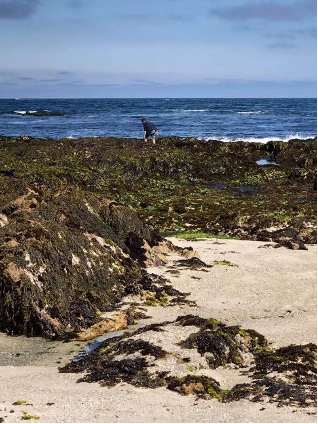 The reliance on a single species means that researchers need to give special attention to the conditions that species thrives in. Any changes that the foundation species experiences will inevitably trickle down to the other community members. Going back to our example, if the kelp that make the kelp forest are unable to thrive, then the young rockfish will have to go somewhere else to hide. Oftentimes, underwater plants are sensitive to specific temperatures or specific depths. They may grow very well in places that have the right mix of conditions, but will no longer flourish if those conditions happen to change from what the plants need. Similarly, if an area nearby changes to suit them, then they can move right in.
The reliance on a single species means that researchers need to give special attention to the conditions that species thrives in. Any changes that the foundation species experiences will inevitably trickle down to the other community members. Going back to our example, if the kelp that make the kelp forest are unable to thrive, then the young rockfish will have to go somewhere else to hide. Oftentimes, underwater plants are sensitive to specific temperatures or specific depths. They may grow very well in places that have the right mix of conditions, but will no longer flourish if those conditions happen to change from what the plants need. Similarly, if an area nearby changes to suit them, then they can move right in.
The combination of suitable conditions for underwater plants helps define their range, or the area an organism can be found. Over time, that range can shift. Our planet is experiencing a period of rapid climate change, which is predicted to shift the ranges of underwater plants as coastlines experience new sea levels, new temperatures, and more. Since so many underwater plants serve as foundation species, the range of the animals that rely on them may shift also.
By understanding what our underwater plants need to survive and flourish, scientists can model and predict where we can expect to find these foundation species over time. In general, since many underwater plants are limited by temperature, most are seeing a shift northward as global temperatures warm up. We can then predict that the organisms attributed to these foundation species could see a northward shift as well. This could mean in the future, if I want to wade out into a seagrass meadow and try to find my crabs, I’ll have to drive further north a little longer.
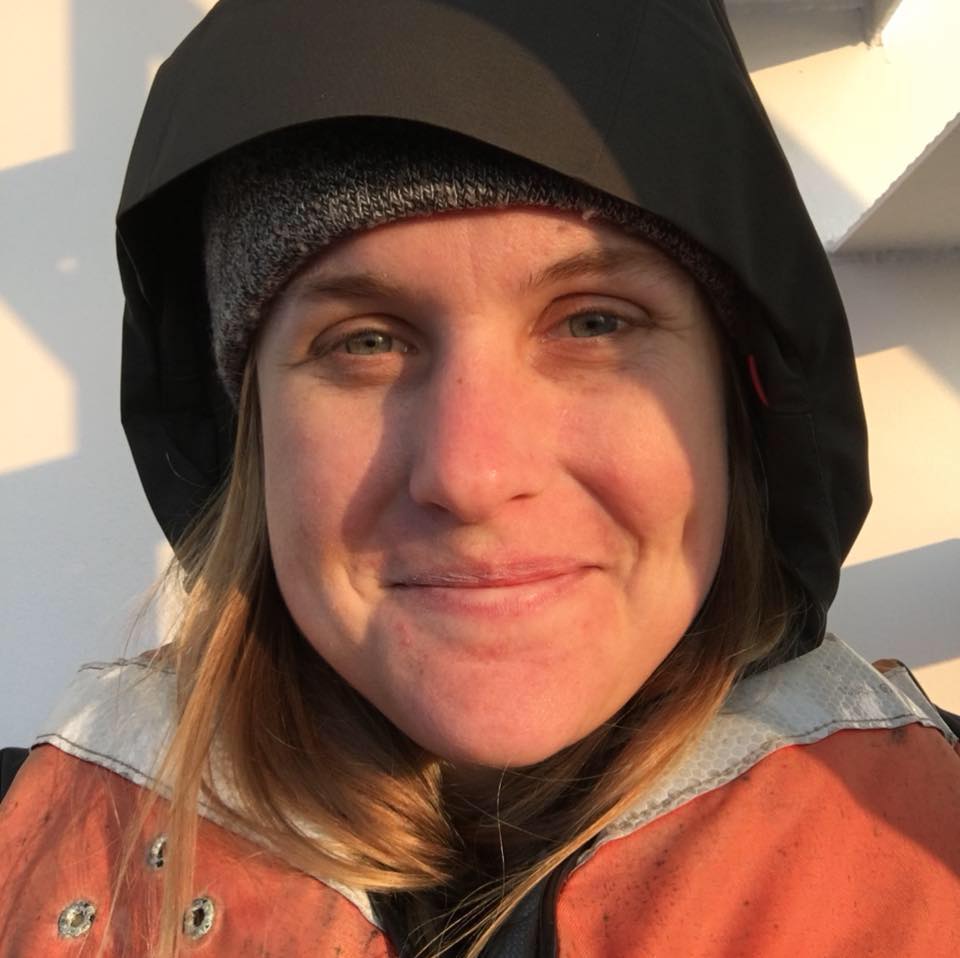 By Kayla Roy, MLML Ichthyology Lab
By Kayla Roy, MLML Ichthyology Lab

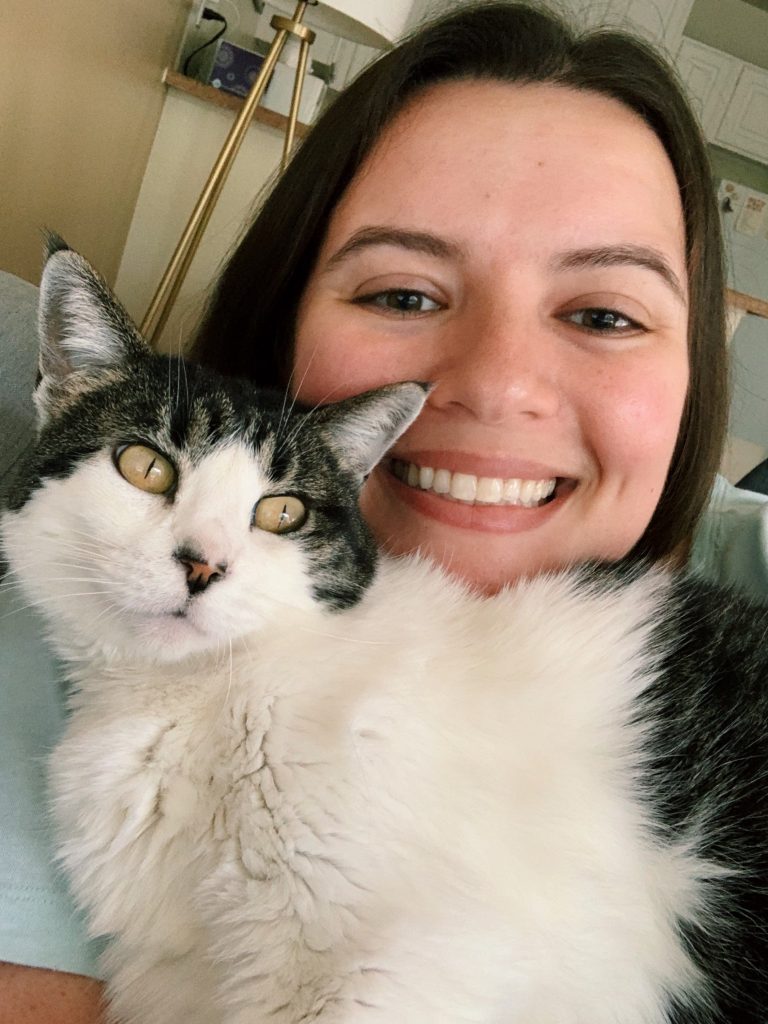 By
By 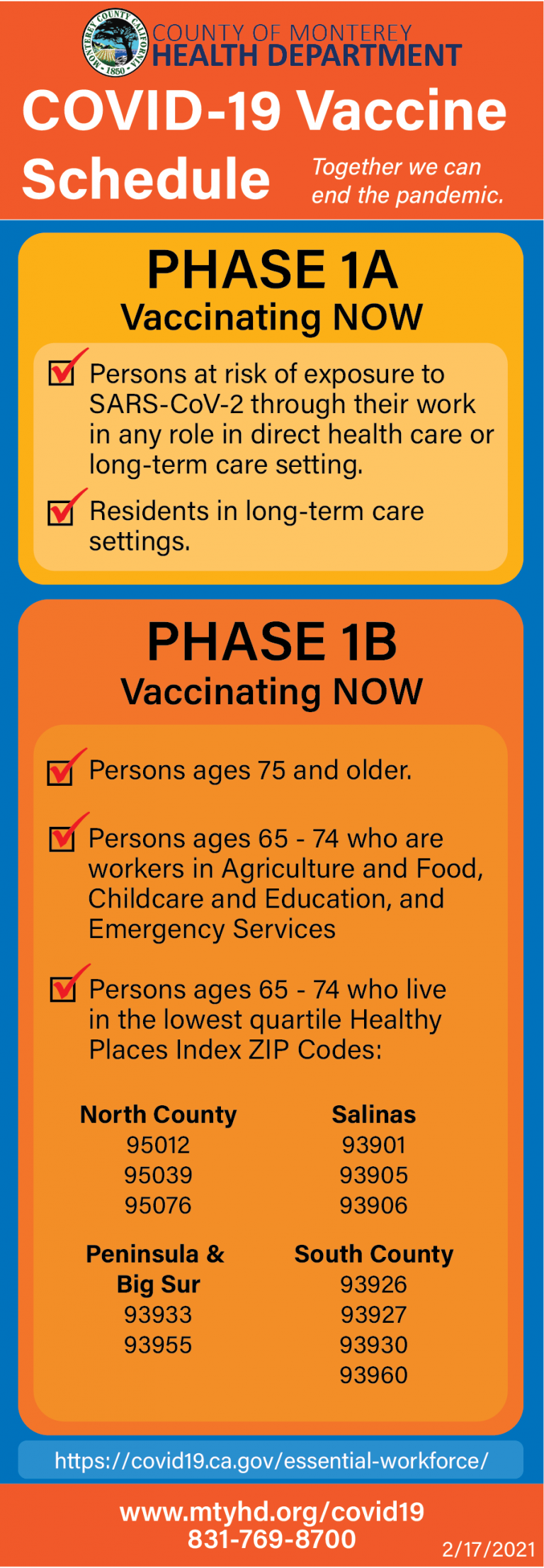
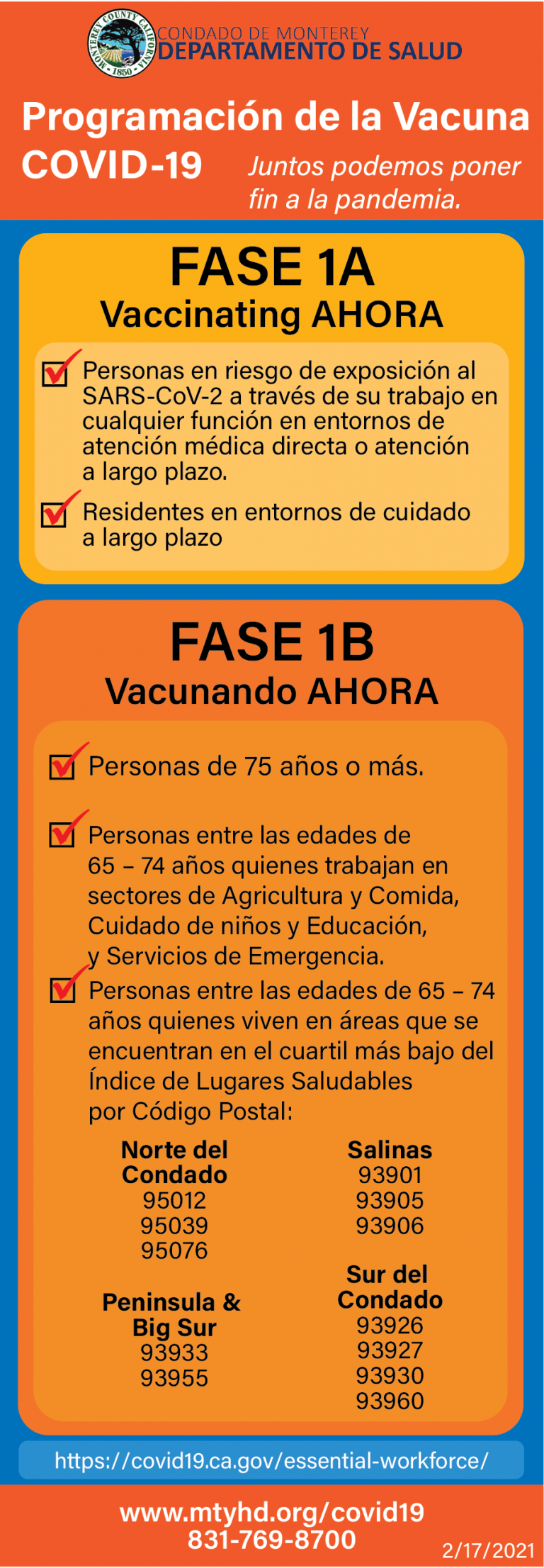
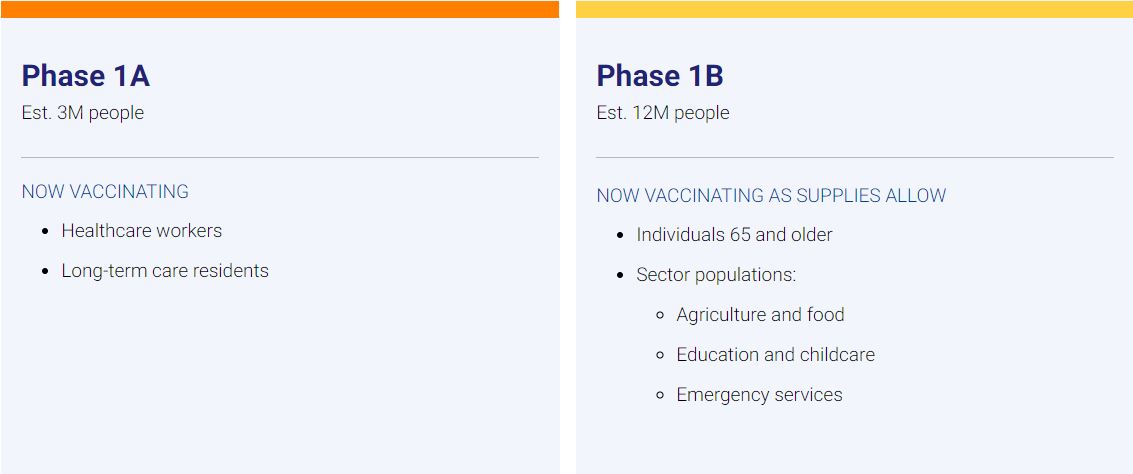
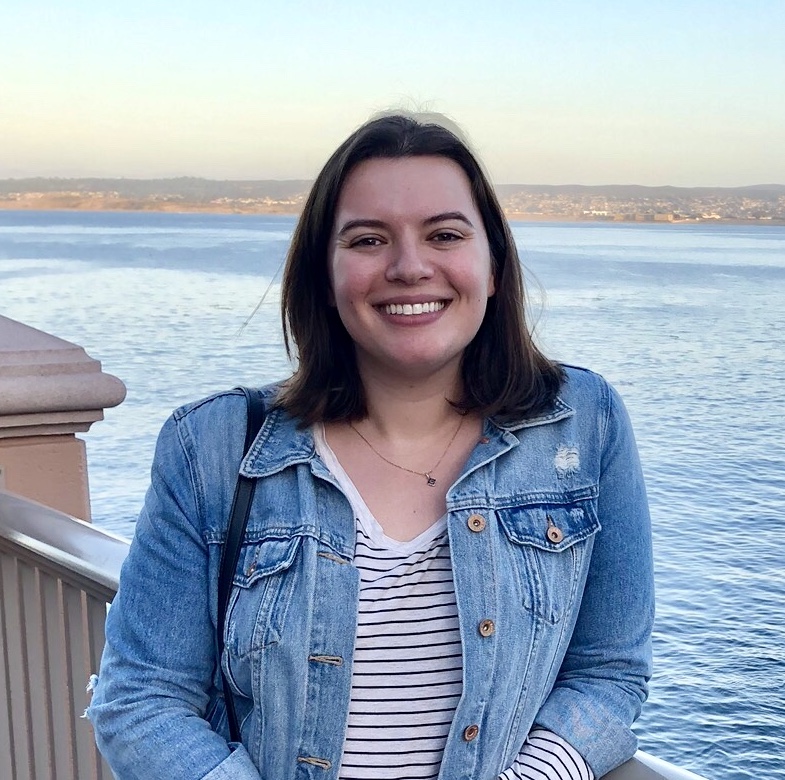 By
By 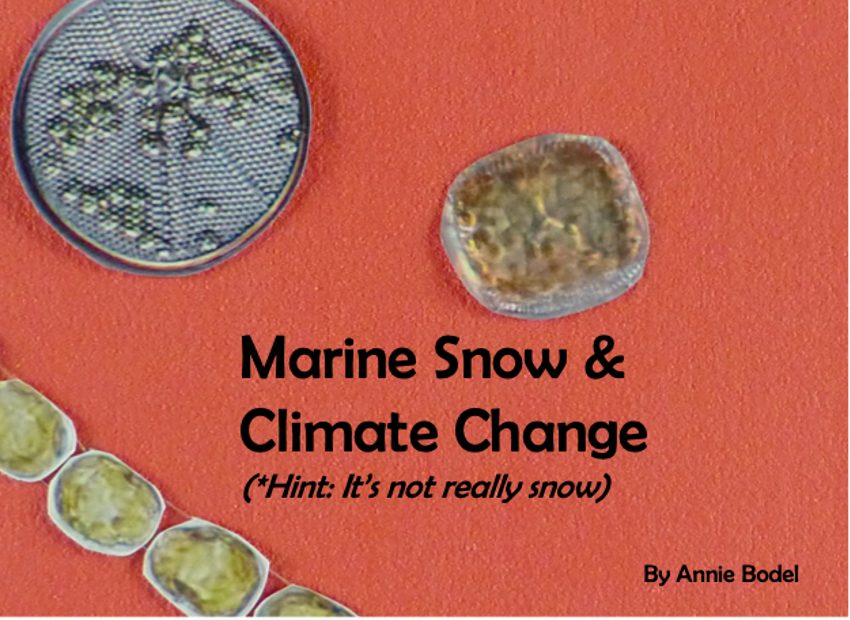
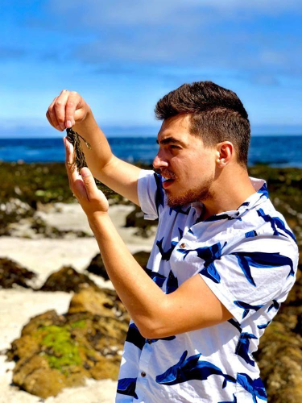 By Acy Wood,
By Acy Wood,  The reliance on a single species means that researchers need to give special attention to the conditions that species thrives in. Any changes that the foundation species experiences will inevitably trickle down to the other community members. Going back to our example, if the kelp that make the kelp forest are unable to thrive, then the young rockfish will have to go somewhere else to hide. Oftentimes, underwater plants are sensitive to specific temperatures or specific depths. They may grow very well in places that have the right mix of conditions, but will no longer flourish if those conditions happen to change from what the plants need. Similarly, if an area nearby changes to suit them, then they can move right in.
The reliance on a single species means that researchers need to give special attention to the conditions that species thrives in. Any changes that the foundation species experiences will inevitably trickle down to the other community members. Going back to our example, if the kelp that make the kelp forest are unable to thrive, then the young rockfish will have to go somewhere else to hide. Oftentimes, underwater plants are sensitive to specific temperatures or specific depths. They may grow very well in places that have the right mix of conditions, but will no longer flourish if those conditions happen to change from what the plants need. Similarly, if an area nearby changes to suit them, then they can move right in.